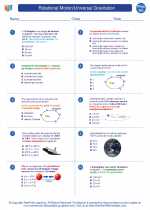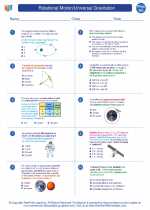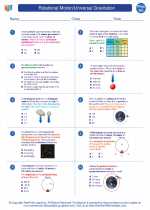Magnetism
Magnetism is a fundamental force of nature that is responsible for the interaction between magnetic materials. It is a property of certain materials that enables them to attract or repel each other. The behavior of magnetism is governed by the laws of electromagnetism, a branch of physics that deals with the interactions between electrically charged particles.
Magnetic Fields
One of the key concepts in magnetism is the idea of a magnetic field. A magnetic field is the region around a magnet where magnetic forces are experienced. The strength and direction of the magnetic field are represented by magnetic field lines. These lines form closed loops around a magnet, with the direction of the field indicated by the orientation of the lines.
Magnetic Materials
Not all materials exhibit magnetic properties. Substances that are attracted to magnets are called ferromagnetic materials. These include iron, nickel, and cobalt. Other materials, such as copper and wood, are not affected by magnets and are called non-magnetic materials.
Magnetic Force
When a magnetic material is placed in a magnetic field, it experiences a magnetic force. This force can either attract or repel the material, depending on the orientation of the magnetic field and the material. The strength of the magnetic force is determined by the magnetic field strength and the properties of the material.
Magnetic Poles
All magnets have two distinct poles, known as the north pole and the south pole. Like poles repel each other, while opposite poles attract. This behavior is described by the law of magnetic poles, which states that magnetic forces are produced by the interaction of north and south poles.
Study Guide
When studying magnetism, it is important to understand the following key concepts:
- The nature of magnetic fields and their representation using field lines.
- The difference between magnetic and non-magnetic materials.
- The behavior of magnetic forces and the factors that determine their strength.
- The concept of magnetic poles and their interactions.
Additionally, it is helpful to explore the applications of magnetism in everyday life, such as in electric motors, generators, and magnetic resonance imaging (MRI) technology.
Understanding these concepts will provide a strong foundation for further exploration of electromagnetism and its wide-ranging impact on technology and physics.
[Magnetism] Related Worksheets and Study Guides:
.◂Physics Worksheets and Study Guides High School. Rotational Motion/Universal Gravitation

 Worksheet/Answer key
Worksheet/Answer key
 Worksheet/Answer key
Worksheet/Answer key
